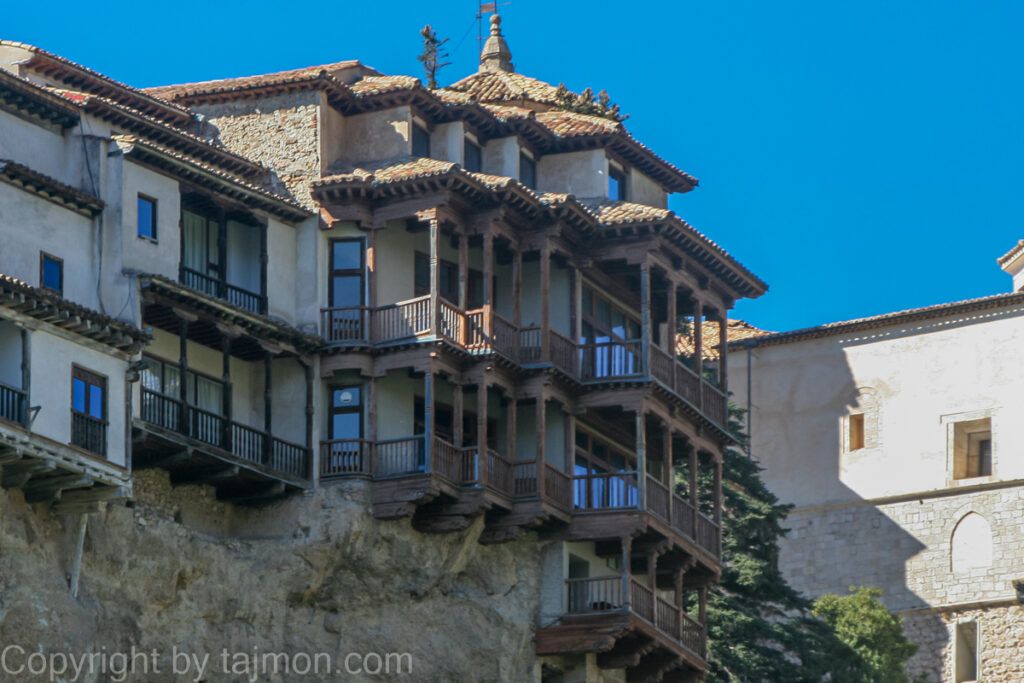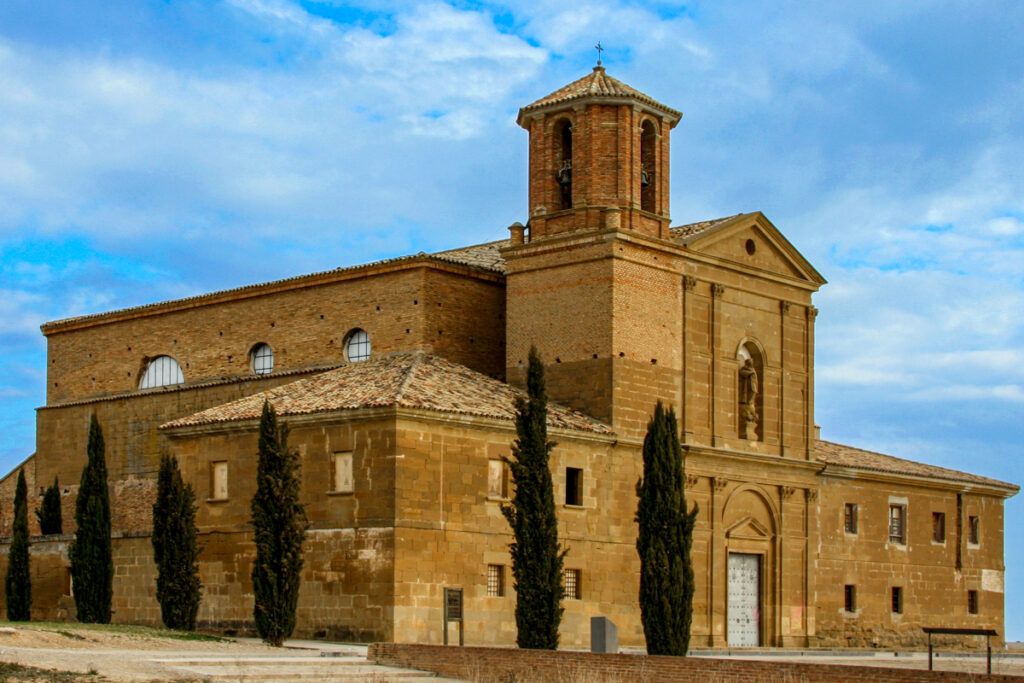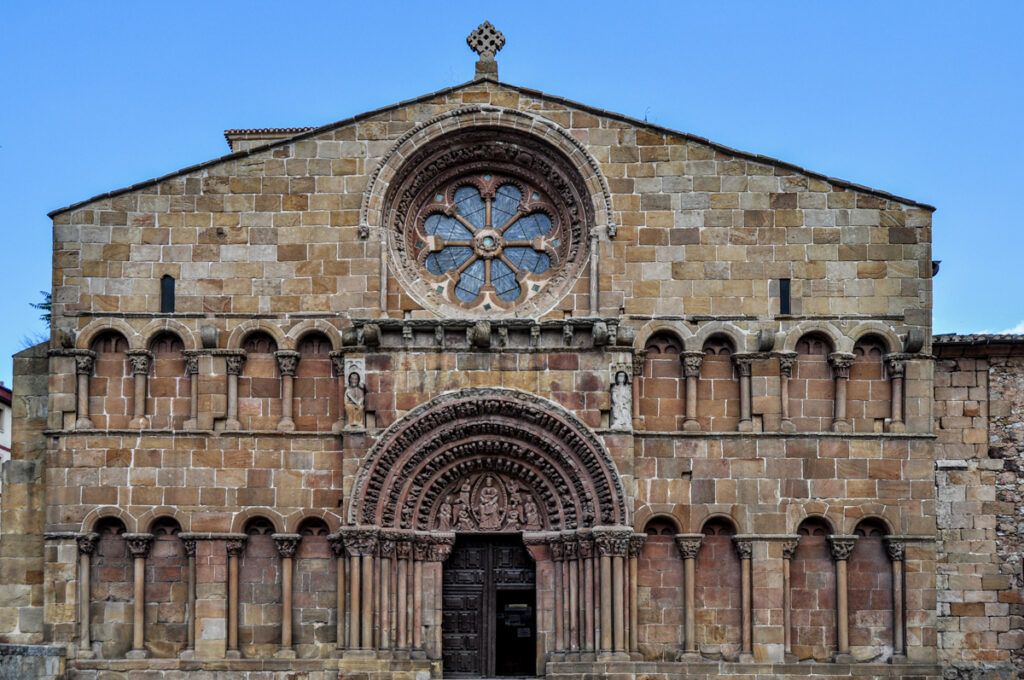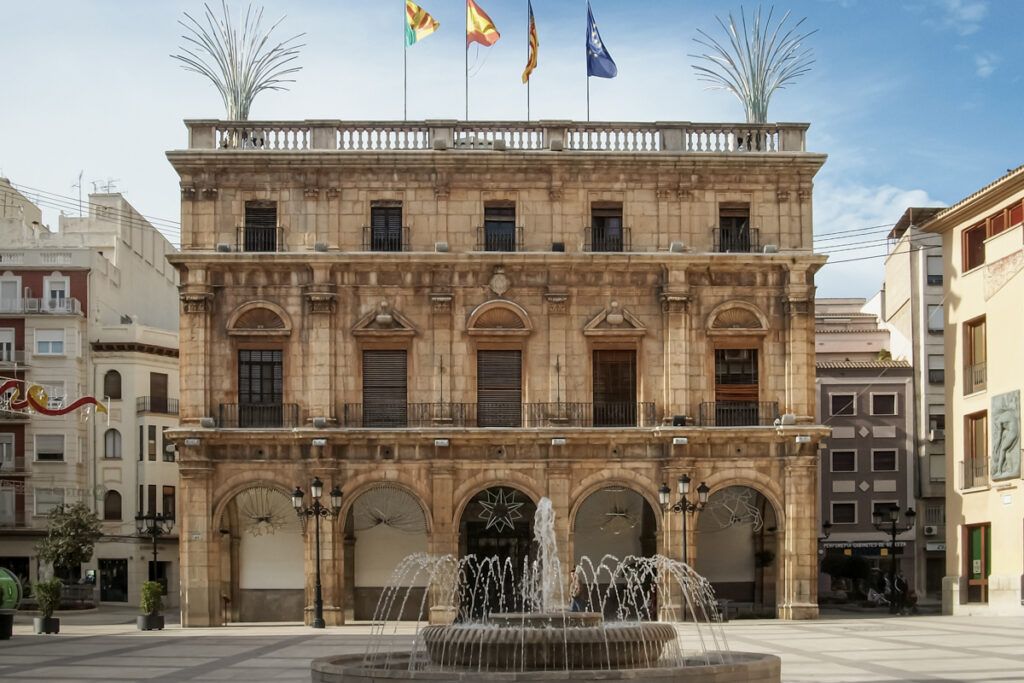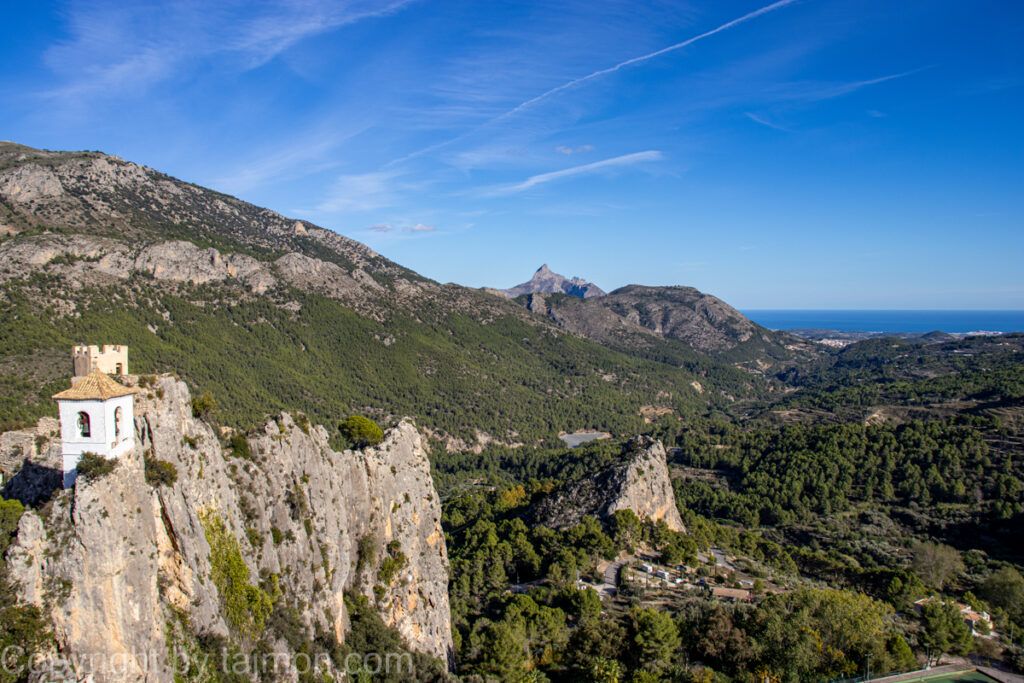Convent of the Barefoot Carmelites
The Convent of the Barefoot Carmelites is a historic convent in Cuenca, which belongs to the female order founded by St. Teresa of Ávila. The convent is located at the highest point of the city, on a rock above the Júcar river, near the former Arab wall.
The convent was bought in 1622 by Álvaro Carvajal y Lancáster, the archdeacon of Moya, who gave it to the Carmelite nuns. The convent was designed by José Martín de Aldehuela and built in the Baroque style. The convent is managed by the Antonio Pérez Foundation and houses an exhibition hall.
The Convent of the Barefoot Carmelites has a simple and modest architecture, in accordance with the monastic rule. It consists of four wings, which surround a courtyard with a fountain and a garden. In the eastern wing there is a church, which has a polygonal facade and is covered by a dome on a drum. The interior of the church is decorated with paintings and sculptures, among which the main altar with the image of the Virgin of Mount Carmel, by José Camarón, stands out.
In the western wing there is a convent, which has two floors and is divided into cells, a refectory, a kitchen and a chapel. In the northern wing there is an exhibition hall, which displays a collection of contemporary art works, belonging to the Antonio Pérez Foundation. In the southern wing there is a crypt, where the remains of the founder and his family rest.
The Convent of the Barefoot Carmelites is a place of great spiritual and cultural significance. In its interior you can admire the beauty and simplicity of Baroque art, as well as learn about the history and life of the Carmelite nuns, who dedicated themselves to prayer and contemplation.
The convent is also a place where you can see interesting and original works of contemporary art, which create an interesting contrast with the old style of the building. The convent is open to visitors, who can enter its interior and see both its artistic beauty and its historical significance. The convent is open every day, except Mondays, and admission is free.
